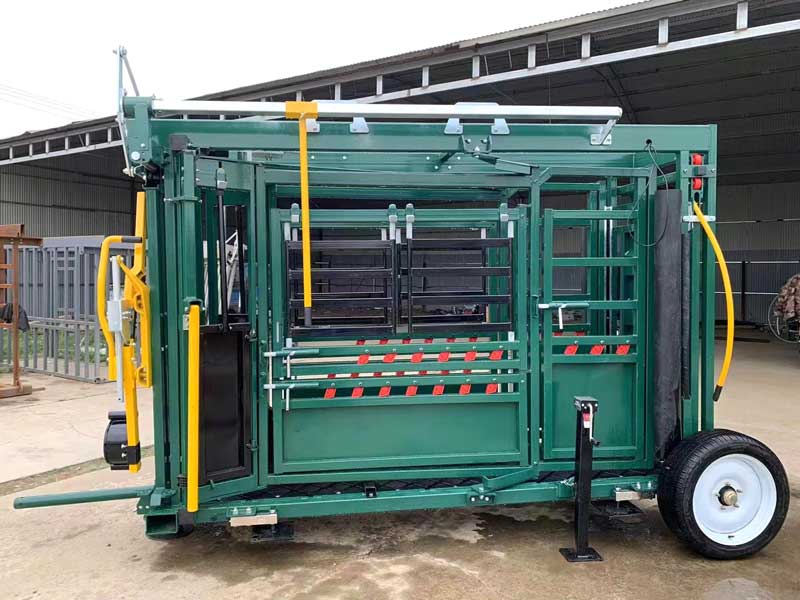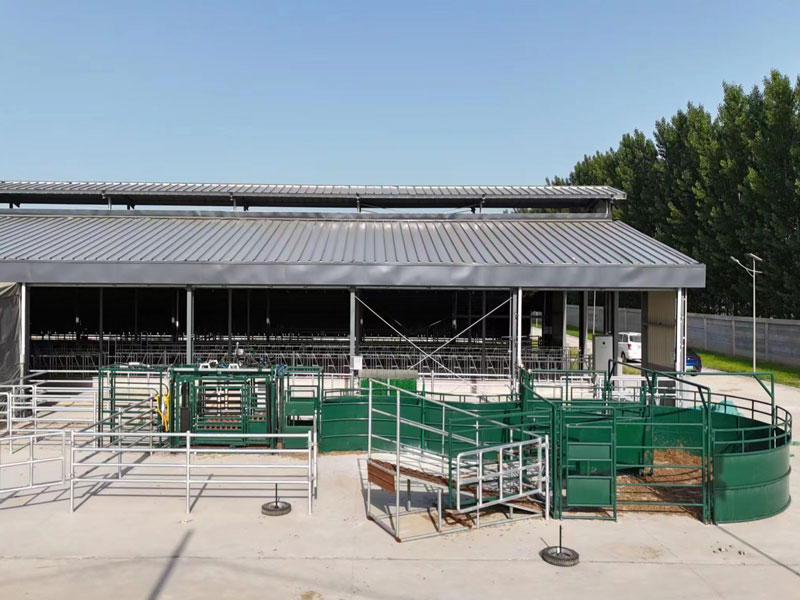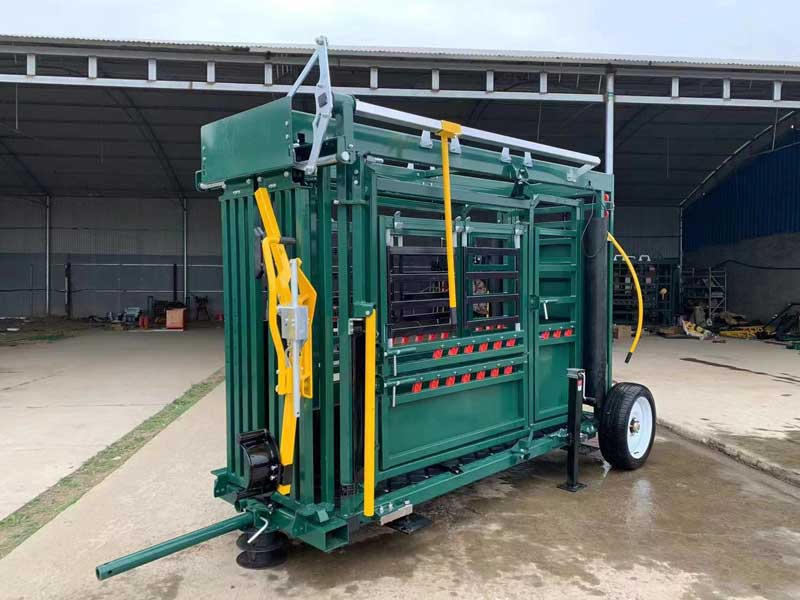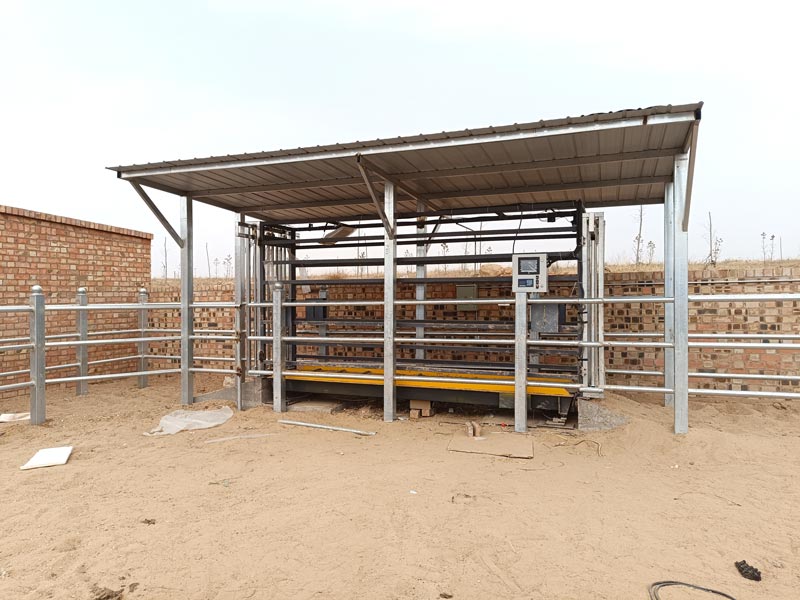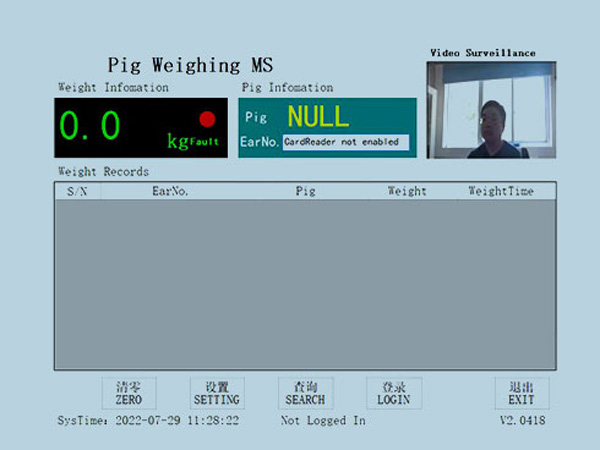What is the automatic feeding controller?
Definition and function
The automatic feeding controller for cattle is a device that uses computer technology and automation control principles to manage the feeding of cattle in a quantitative, timed and fixed-point manner. The controller can accurately control the amount and time of feed delivery to ensure that cattle receive balanced nutritional supplements.
Working principle
The working principle of the automatic feeding controller for cattle is mainly based on sensor technology, control technology and communication technology. Sensors are used to monitor information such as feed storage, cattle location and feeding conditions; the controller automatically adjusts the amount and time of feed delivery based on this information and the preset feeding plan; communication technology is used to realize data transmission and command control between the controller and the host computer or remote terminal.
Main features
Intelligent control: The automatic feeding controller for cattle adopts advanced control technology, which can realize intelligent feeding management according to the growth stage, nutritional needs and feeding plan of cattle.
Precise metering: Through precise metering devices, the controller can accurately control the amount of feed delivery to avoid feed waste and overfeeding.
Automated operation: The controller can automatically complete tasks such as feed delivery, feeding and recording, reducing manpower input and labor intensity.
Data recording and analysis: The controller can record the feed quantity, feeding time, cattle feeding status and other data in real time, providing farmers with scientific feeding basis and decision support.
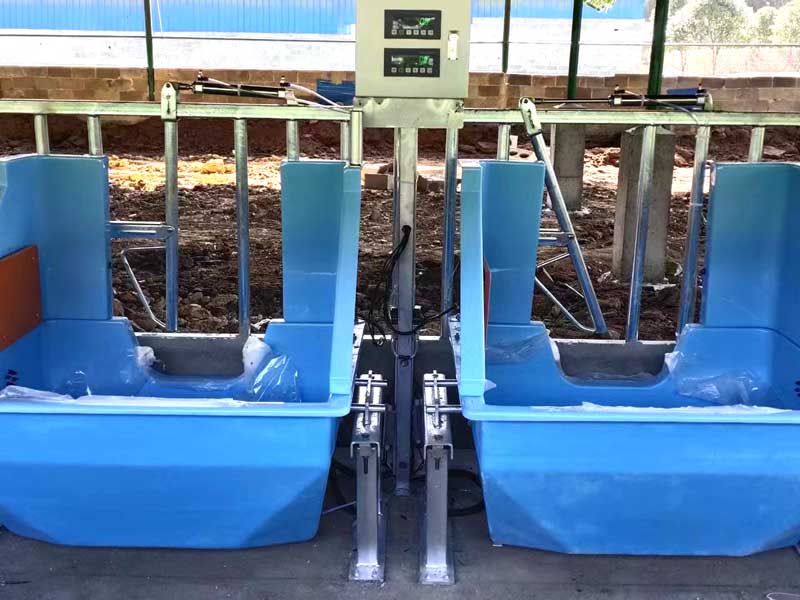
Application scenarios
Cattle automatic feeding controller is widely used in various farms and animal husbandry production fields. Especially in large farms, due to the large number of cattle and complex management, the application of automatic feeding controller is particularly important. It can significantly improve breeding efficiency, reduce labor costs, reduce feed waste, and bring considerable economic benefits to farms.


